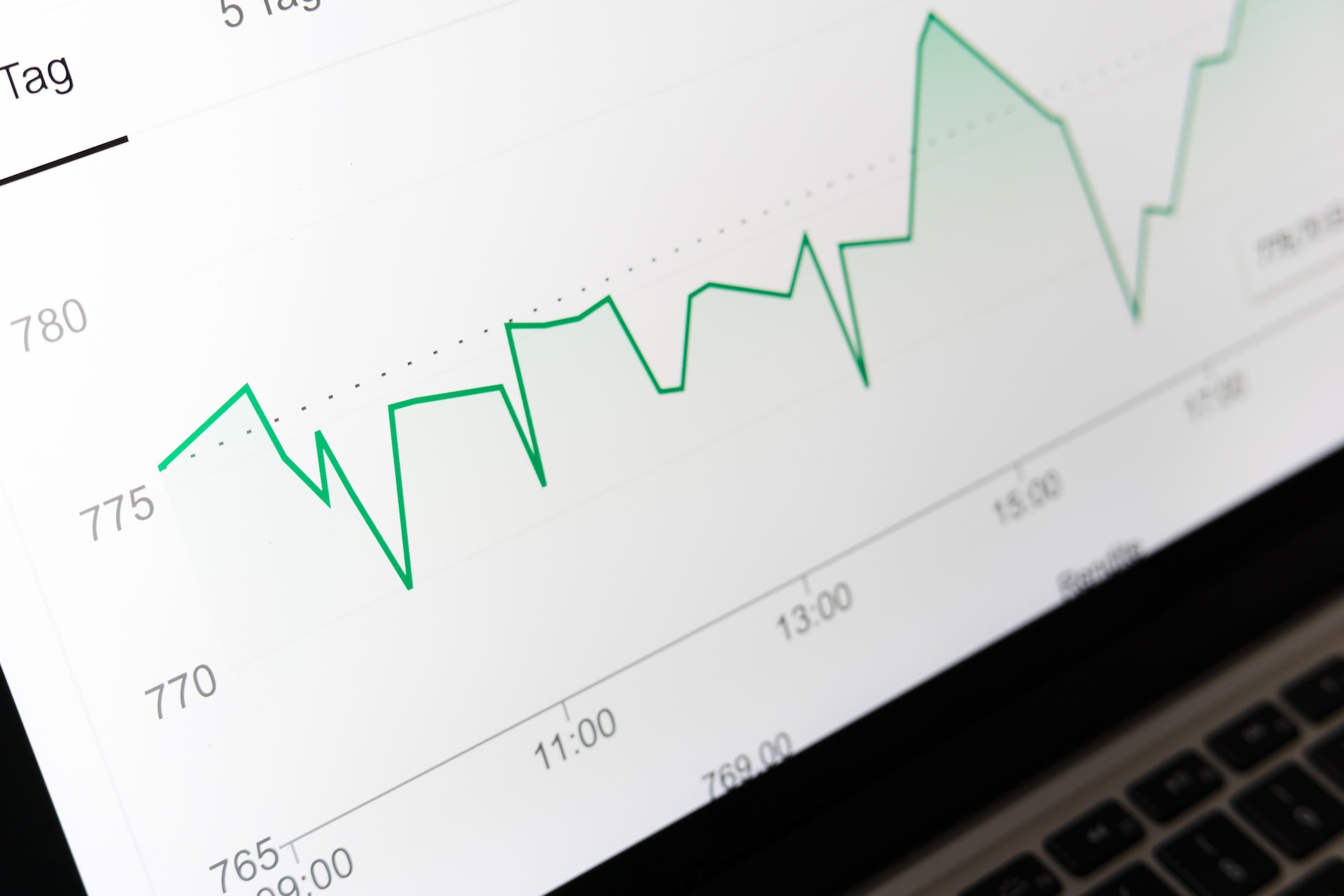1. Savings Accounts (High-Yield)
There are high-yield savings accounts that you can look into. These types of accounts generate small returns, but they keep your money liquid. Furthermore, high-yield savings account don’t really do a good job at keeping pace with inflation, but they they are a great option if you need to access your cash quickly. High-yield savings accounts are the closest you can get to taking no risk.
No high-yield savings accounts will pay you out anywhere near the seven percent inflation that has occurred throughout the year. Most accounts produce returns of 0.6%. Bear in mind that the Fed may hike interest rates again, which means returns could increase. There is one downside to high-yield savings account, and that is rates associated with variable-rate accounts can change in the future.
2. CDs
CDs, short for certificates of deposit, allow you to quickly access your money. Many banks offers CDs. However, the interest rates are typically fixed and higher than the majority of savings accounts out there.
At the time of this writing, the best ones pay around 1.25%. Some CDs have FDIC insurance. If you’re a risk-averse investor, then consider opening a CD account.
Generally speaking, CDs are considered medium or short-term investments. You won’t be able to access your cash once you deposited it, unless you don’t mind incurring a penalty. Once the maturity dates arrives, then you can access your money without a penalty. It’s advisable to invest money that you won’t need for a period of at least six months to as long as five years.
It’s worth noting that you can ladder your CDs. This means you can open up other CDs over the course of several months or even years. Doing this allows you to access your money on a regular basis, once your accounts have matured. You’ll also be able to take out your cash or roll your account into a brand new one, when it’s necessary.
3. I-Bonds
These are government debt that is issued by the United States Treasury. I-Bonds differ from traditional savings bonds because the interest rates are adjusted every six months in order to keep up with inflation. Considering what inflation has been like this year, I-Bonds are a great option for investors.
There are limitations associated with I-Bonds. For starters, in order to keep the interest you earn, you’ll need to hold onto the I-Bonds for a minimum of five years. Also, you can only buy $10K worth of I-Bonds per year, but you can put in an additional $5K. However, the $5K must come from your tax refund.
4. Index funds
Index funds tracks investments such as the S&P 500, the Nasdaq-100 and other types of indexes. One of the best things about index funds is the low fees associated with them and they are easy to access. Furthermore, you buy index funds that trade like mutual funds or ETFs. Find HINT share price and monitor your investment.
For just a few dollars, you can invest in index funds. Many retirement accounts and brokerage accounts allows you to invest in them. Bear in mind that index funds are usually more volatile than government I-Bonds and savings accounts. Nonetheless, they’re considered a safer alternative to investing in the stock market.
5. ETFs
ETFs, short for exchange-traded funds, are kind of like index funds. ETFs invest in a large basket of assets, which are packaged into individual shares. You can then trade them like regular stocks in a global investment trust. There are lots of different ETFs out there, and many of them focus on buying into a specific sector, index or commodity, which is good for investors.
There are several benefits that ETFs offer, such as low costs and the ability to easily diversify your portfolio. Not only that, but ETF trading is allowed by many brokerage and retirement accounts. This means it doesn’t matter what your level of investing experience is, the chances are you can easily invest in ETFs if you ever decide you want to.
6. Dividend Stocks
Some stocks pay out dividends. This is when shareholders receive a bit of the company’s profits for owning the company’s stock. Dividend stocks are great because they help you minimize the damage inflation can inflict.
Dividend stocks allow investors to earn small amounts of cash in the short-term. However, they can benefit in the long-run if the share price goes up. Dividends can also be reinvested.
Dividend stocks do come with risks. Also, not all companies offer generous dividends. Some don’t even pay enough to actually make it worthwhile for investors.
Here’s a tip: compare a few dividend stocks and choose ones that have a strong history of paying out regularly. Keep an eye out for the ones that are known for increasing their dividends over time. Don’t forget to check out ETFs that are dividend focused. Mutual funds that are dividend focus might be worth looking into, too.



 Bitcoin
Bitcoin  Ethereum
Ethereum  Tether
Tether  XRP
XRP  Solana
Solana  USDC
USDC  TRON
TRON  Lido Staked Ether
Lido Staked Ether  Cardano
Cardano  Avalanche
Avalanche  Toncoin
Toncoin